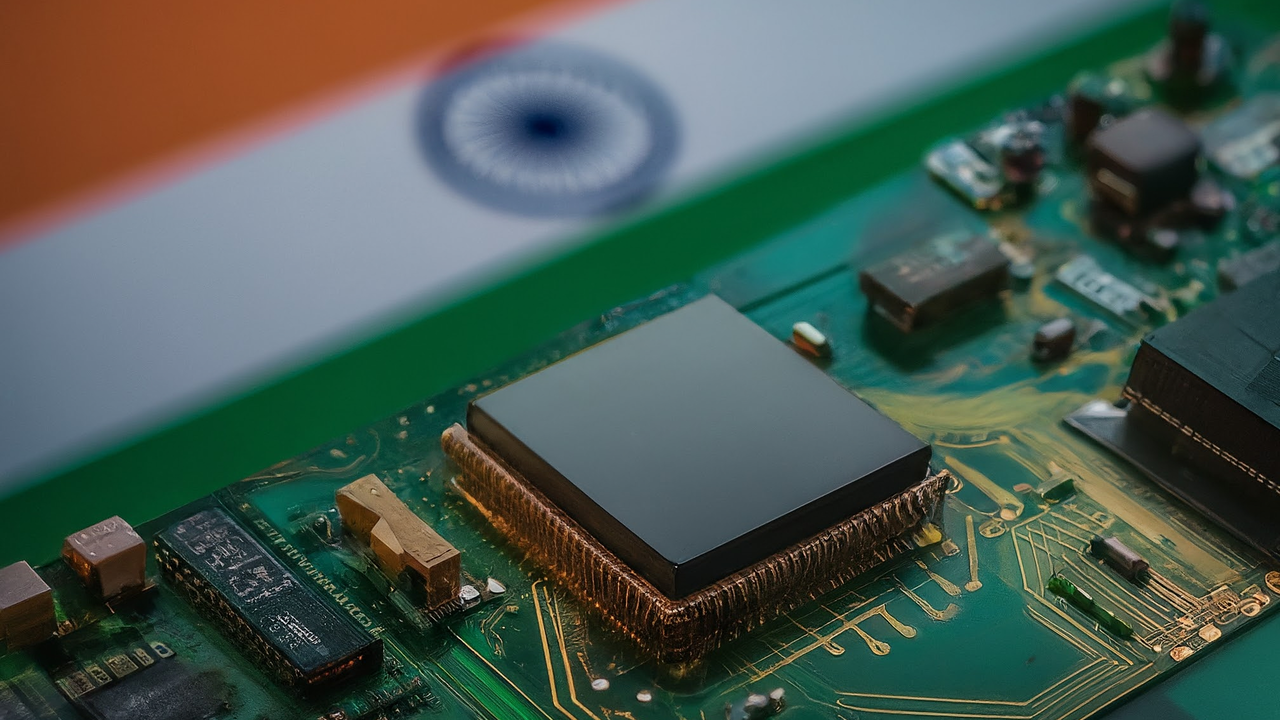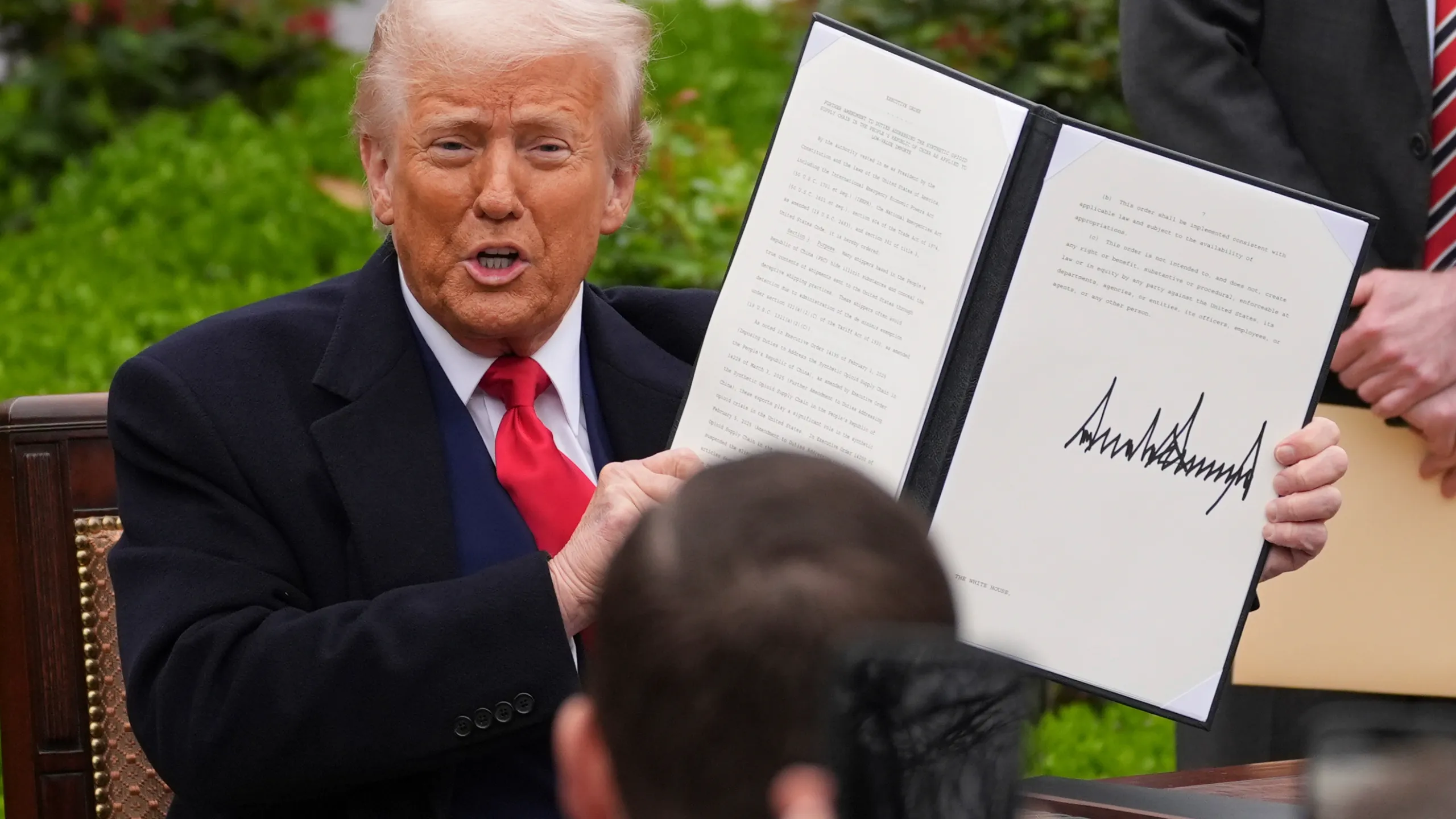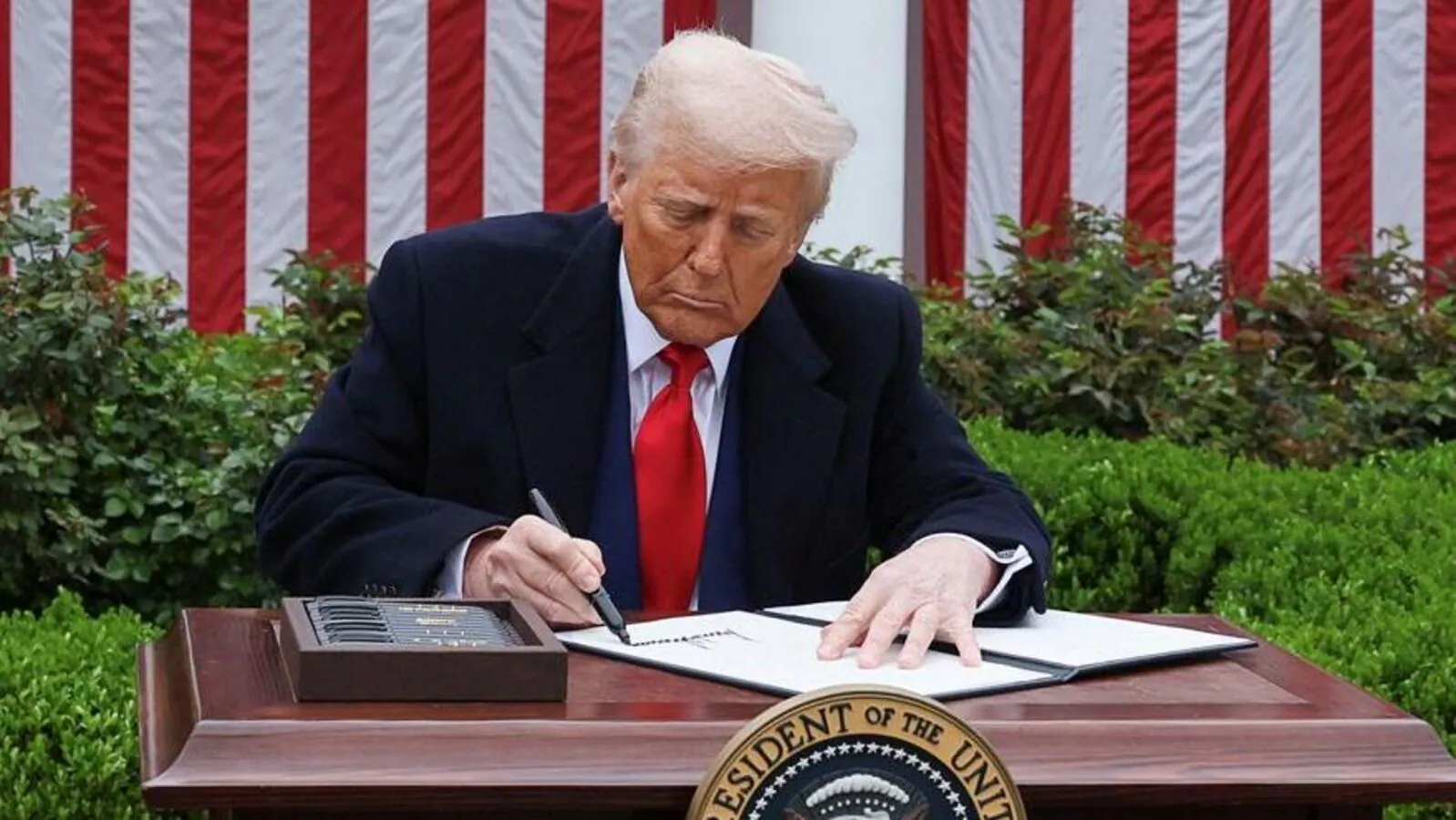
The Current Geopolitical Landscape of Tech Chips
In recent years, the global landscape for semiconductor technology has become a battleground of technological supremacy and strategic dominance. The United States, traditionally a leader in chip manufacturing and innovation, has recently taken measures to open its technological gates to China, aiming to facilitate certain collaborations and technological exchanges. Meanwhile, China has been heavily investing in developing its own semiconductor ecosystem to reduce dependency on foreign technology.
This complex scenario has led to a dynamic and somewhat unpredictable chip race, impacting not only the US and China but the entire global supply chain, including India. As the US loosens certain restrictions and introduces new policies, questions arise about the long-term implications of this shift—particularly for Indian companies that are increasingly dependent on semiconductor technology and global supply chains.
US Policy Shifts and Their Impact on China
Recently, the US has taken a nuanced approach, opening specific tech gates to China. According to , the policy shift has been characterized by a partial relaxation of some export controls, providing a limited window for Chinese technology firms to access certain American-made components and designs.
This strategy aims to foster technological exchanges but within a controlled environment. The US government’s primary motive remains safeguarding national security interests while promoting innovation. However, the repercussions have rippled across global markets, creating a nuanced situation where players must navigate carefully.
Implications for Global Supply Chains and Indian Companies
The reopening of tech gates between the US and China presents both challenges and opportunities for Indian companies. India’s position as a rising manufacturing and tech hub means that any shift in global supply chains significantly influences its local industry.
- Supply Chain Disruptions and Realignments: With the US easing restrictions slightly, there could be disruptions in the established semiconductor supply chains. Indian companies that rely heavily on imported chips and technology may face supply shortages or increased costs. Conversely, this could catalyze the development of local manufacturing capacities, pushing India toward self-reliance.
- Innovation and Collaboration Markets: Indian tech firms can explore new avenues for collaboration with US and Chinese players within the bounds of regulatory frameworks. Strategic alliances could emerge, encouraging joint ventures and research initiatives aimed at developing indigenous chip solutions.
- Trade and Investment Flows: The policy changes might influence investment strategies, encouraging US companies to explore partnerships in India, given its growing market and talent pool. Conversely, Chinese firms might view India as a potential alternative to navigate restrictions imposed elsewhere.
The Unique Position of Indian Companies
Indian companies stand at a crossroads. The recent policy shifts could serve as a catalyst for growth, innovation, and diversification of supply sources. However, the sector also faces risks:
- Dependency Risks: Heavy reliance on imported semiconductors from China or other countries might expose we to geopolitical uncertainties, prompting the need to accelerate domestic chip manufacturing capabilities.
- Funding and Policy Support: Increased government focus on ‘Make in India’ initiatives related to semiconductor fabrication and R&D could bolster local industry. Strategic policy incentives and subsidies are essential for fostering a robust semiconductor ecosystem.
- Talent and Infrastructure Development: India needs to invest in specialized talent and infrastructure to position itself as a significant player in the global chip manufacturing landscape. Collaborations with international firms and academia can accelerate this development.
Looking Ahead: Opportunities and Challenges
The ongoing chip race encapsulates a series of complex dynamics that could vastly reshape the global tech ecosystem. For Indian companies, the key takeaway is that adaptability is central. They must capitalize on emerging opportunities while mitigating risks associated with international tensions.
**Opportunities include:**
- Building local semiconductor manufacturing units
- Forming strategic alliances with US and Chinese tech players
- Enhancing R&D investments in microelectronics and AI chips
**Challenges involve:**
- Navigating geopolitical tensions and export restrictions
- Securing supply chains amid global disruptions
- Competing in an increasingly technology-driven global market
Conclusion
The nuanced shift in US-China relations concerning the semiconductor industry underscores the importance of strategic agility for Indian companies. As global supply chains recalibrate, India has a unique opportunity to strengthen its domestic innovation ecosystems, capture new markets, and reduce reliance on external sources.
Indian firms should view this period as a chance for proactive engagement in policy dialogues, strategic collaborations, and infrastructure development. The future of the semiconductor industry remains a critical facet of global geopolitics, and India’s role will depend on how swiftly and effectively it adapts to these changing tides.
For more updated news please keep visiting Prime News World.









